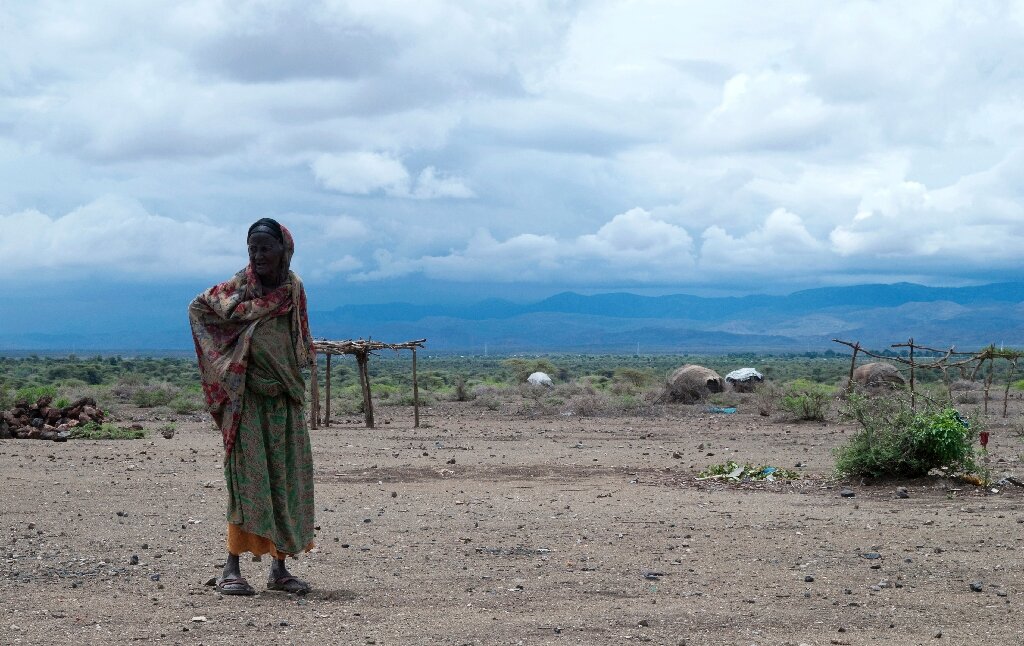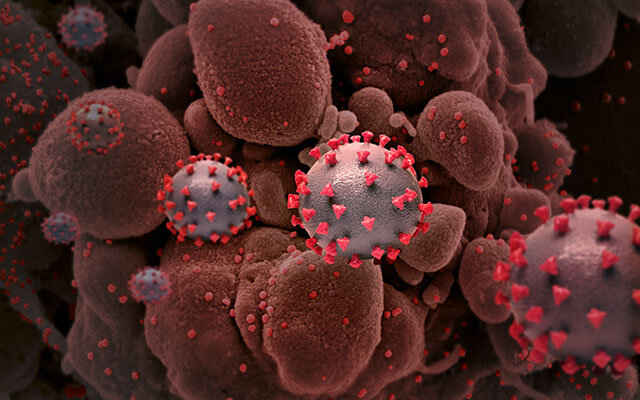#El Nino and La Nina, the climate cycles that blow hot and cold

“#El Nino and La Nina, the climate cycles that blow hot and cold”

Natural climate phenomena El Nino and La Nina are opposite phases of a complex weather pattern so powerful that it can alter the global temperature.
Linked to ocean surface temperatures in the central and eastern Pacific Ocean around the Equator, as well as atmospheric changes including winds and rainfall, these events play a significant part in Earth’s climate system.
Peruvian and Ecuadorian fishermen coined the term El Nino in the 19th Century for the arrival of an unusually warm ocean current off the coast just before Christmas. El Nino can refer to the baby Jesus in Spanish.
The name came to describe the phenomenon of surface water warming near the coasts of South America, while the periods of intensified cooling in the same region was called La Nina.
The phenomena can each last nine to 12 months and occur irregularly, every two to seven years, punctuated by neutral periods.
They vary in intensity and do not necessarily follow one another, so for example it is possible to have two El Nino events in succession separated by a neutral period.
Their effects are diverse and far-reaching.
An El Nino episode can cause reduced rainfall across parts of eastern Australia, Southeast Asia, India, southern Africa and northern Brazil, but wetter conditions over parts of South America, equatorial East Africa and the southern United States.
In many areas, La Nina causes the opposite.
The two phenomena can also cause substantial climate fluctuations—hotter for El Nino and cooler for La Nina.
In 2015 and 2016, a particularly intense El Nino stoked temperatures to make 2016 the hottest year ever recorded, with experts estimating that the phenomenon added between 0.1 and 0.2 degrees Celsius.
Now 2020 has matched that heat record, but this time there was no El Nino. In fact, temperatures were at an all-time high despite the beginning of a La Nina period that started at the end of the summer.
While we do not know precisely what the effect of climate change is on these natural phenomena, the World Meteorological Organization has said that it likely amplifies their impacts, particularly El Nino’s intense heat and greater rainfall.
Forecasting the beginning of an episode is now possible several months in advance, enabling some degree of preparation for agriculture or water management.
But on a warming planet, the WMO says the cooling effects of La Nina will likely not be sufficient to offset the rising temperatures caused by climate change.
“La Nina years now are warmer even than years with strong El Nino events of the past,” said WMO Secretary General Petteri Taalas in October.
‘Moderate to strong’ La Nina this year: UN
© 2021 AFP
Citation:
El Nino and La Nina, the climate cycles that blow hot and cold (2021, January 8)
retrieved 8 January 2021
from https://phys.org/news/2021-01-el-nino-la-nina-climate.html
This document is subject to copyright. Apart from any fair dealing for the purpose of private study or research, no
part may be reproduced without the written permission. The content is provided for information purposes only.
If you liked the article, do not forget to share it with your friends. Follow us on Google News too, click on the star and choose us from your favorites.
For forums sites go to Forum.BuradaBiliyorum.Com
If you want to read more Like this articles, you can visit our Science category.



